
Education often feels like a one-size-fits-all deal, right? But personalized education is changing that. Picture a classroom where every student is seen as an individual, each with their own learning style and potential. A recent study found that 74% of teachers think personalized learning can really boost student engagement and performance. But what is personalized education, and can it truly meet each student's needs? Here, we'll look into what personalized education means, its benefits, and how technology helps make it happen. We'll also check out real-world examples and future possibilities, while keeping an eye on the challenges that come with this approach. Let's explore together and see if personalized education can truly help every student shine!
Summary: This article explores personalized education, its benefits, the role of technology, challenges, case studies, and future prospects. It provides an in-depth analysis of how personalized learning adapts to individual needs and the implications for educational systems.
I. Understanding Personalized Education
What is Personalized Education?
Personalized education places students at the forefront, tailoring learning experiences to their unique needs, skills, interests, and preferences. This approach diverges from the traditional one-size-fits-all model, allowing students to dictate their learning paths and pace. It employs flexible, targeted teaching strategies often informed by ongoing assessments. Key components may include:
- Personalized learning plans
- Adaptive assessments
- Progression based on subject mastery rather than age or grade
Technology plays a pivotal role, with tools such as adaptive learning software and data analytics used to customize and monitor student progress. For instance, a student with a passion for art might explore math through visual projects, while a tech-savvy student could incorporate coding into their studies.
Evolution of Personalized Education
The evolution of personalized education marks a shift from traditional methods toward leveraging students' interests and strengths to enhance learning. The advent of technology, particularly AI and adaptive learning systems, has accelerated this transformation by enabling real-time customization based on student performance. Emerging trends like microlearning and competency-based progression underscore this shift, emphasizing flexibility and mastery.

Personalized Education Today
Today, personalized education is regarded as a means to enhance student engagement, motivation, and academic achievement across diverse learner groups. Research indicates that these learning environments can lead to significant improvements in test scores, particularly in reading and math, and can be beneficial for lower-performing students as well. This educational approach fosters essential skills such as critical thinking, creativity, self-advocacy, and adaptability, preparing students for lifelong learning and career success.
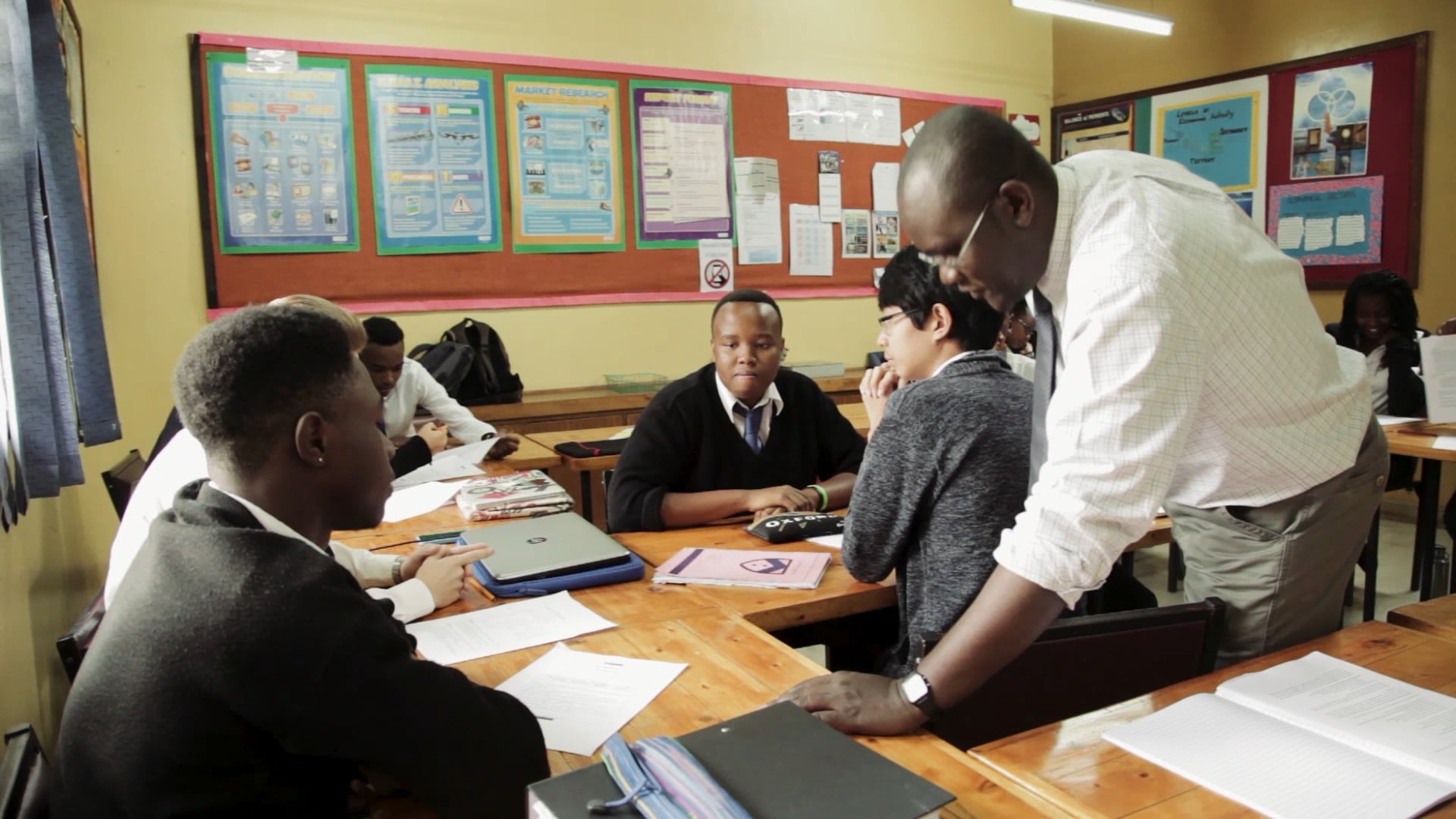
However, the effectiveness of personalized learning can vary depending on the context, with some evidence suggesting that lower-performing students may not always experience the same benefits. Classrooms implementing personalized learning software enable students to progress at their own pace, with real-time feedback and support tailored to their needs.
Personalized learning continues to gain traction in education, with its advantages and challenges being actively explored by educators and researchers.
II. Benefits of Personalized Education
Enhanced Academic Performance and Student Engagement
Personalized education significantly enhances academic performance by customizing lessons to align with each student's strengths and weaknesses. This tailored approach makes learning more engaging and relatable, as it connects with students' interests and preferred learning styles. In such environments, students often achieve higher test scores and have increased graduation rates.
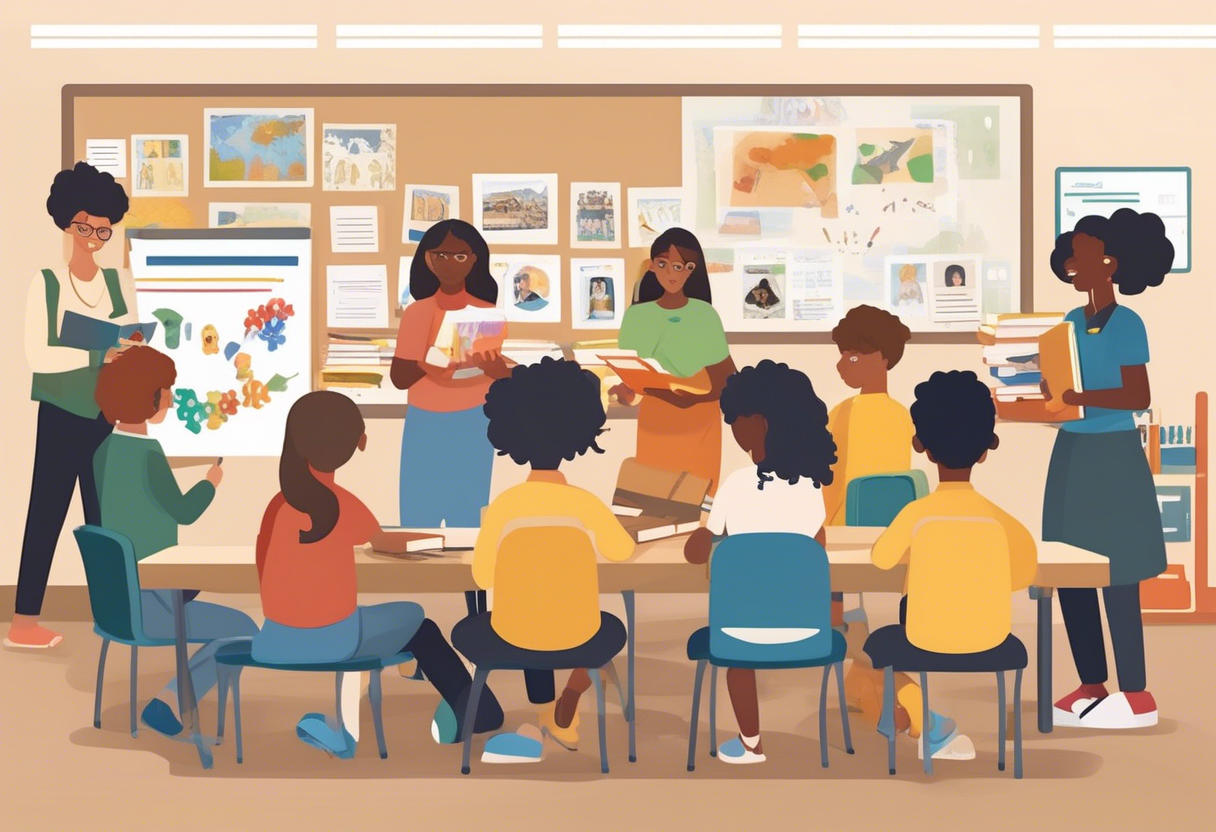
The ability to learn at one's own pace ensures that advanced students remain challenged, while those needing extra assistance receive the support they require. Moreover, educational technology extends learning beyond the classroom, further improving academic outcomes. Research indicates that this method is effective for students from diverse backgrounds, particularly benefiting those who struggle in traditional settings.
Empowering Student-Centered Learning
At the core of personalized education is student-centered learning, which empowers students to direct their educational journey. By choosing subjects based on their interests and future aspirations, students stay motivated and engaged. Teachers act as facilitators, tailoring lessons to meet individual needs, thereby enhancing teaching effectiveness.
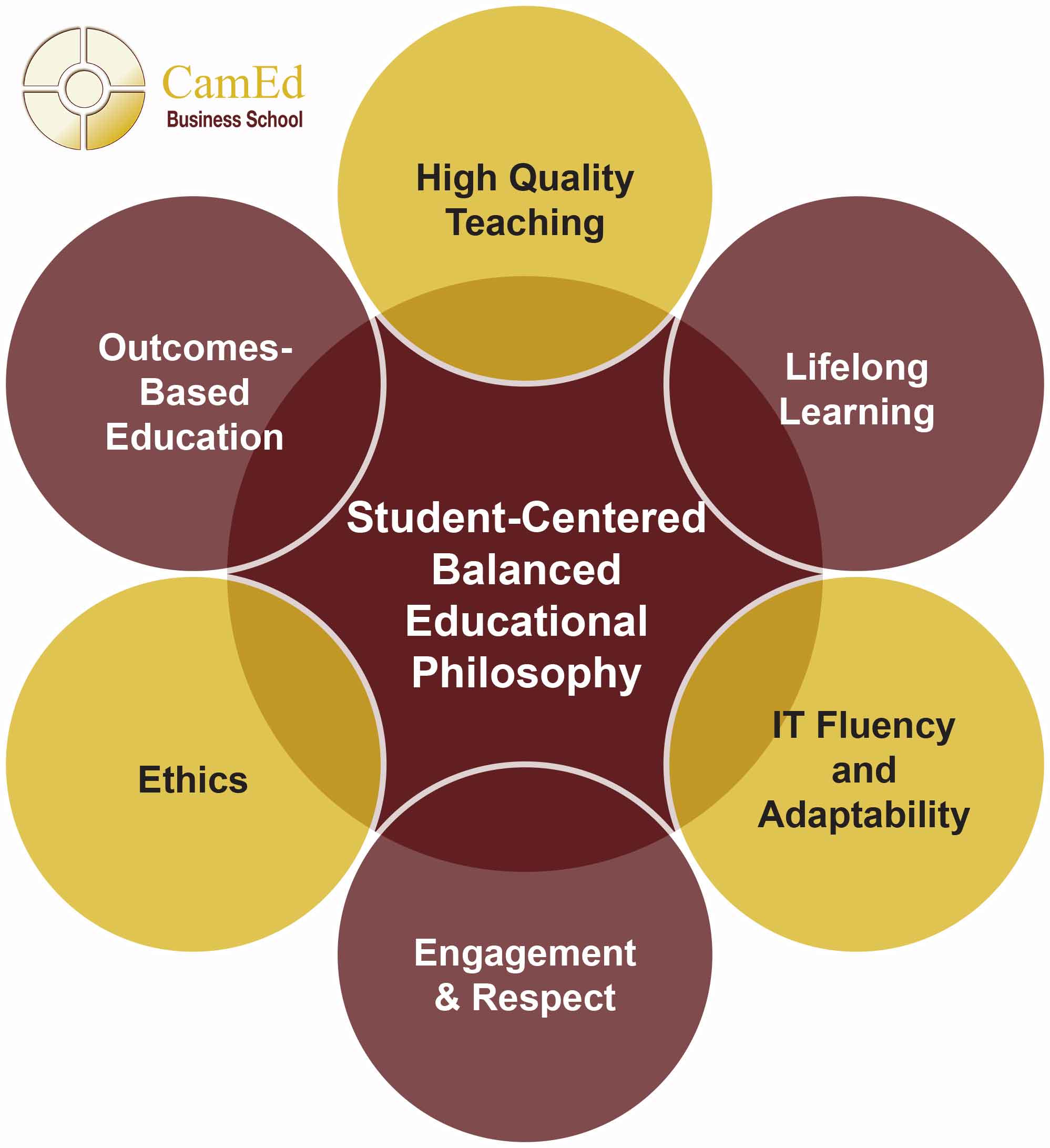
These environments establish clear, adaptable goals for each student, encouraging them to take ownership of their learning. Students also develop essential skills such as goal-setting, time management, and resourcefulness. This approach fosters a stronger student-teacher relationship by recognizing and addressing each student's unique needs, leading to better support. Learn more about how personalized learning cultivates skills essential for today's world.
Supporting Social and Emotional Development
Personalized learning plays a crucial role in promoting social and emotional development by fostering motivation and confidence through tailored experiences. When students have control over what and how they learn, they build confidence and motivation, positively impacting their emotional well-being.
The close relationships with teachers in these settings provide essential support and encouragement, aiding social-emotional growth. Programs like Second Step integrate these skills into personalized learning, teaching empathy, self-control, and effective communication. This comprehensive approach prepares students to navigate relationships and challenges both in and out of school.
III. The Role of Technology in Personalized Education
AI-Powered Adaptive Learning Systems
Artificial Intelligence (AI) is revolutionizing the educational landscape by making learning experiences more personalized. By tailoring content to meet the individual needs of each student, AI helps maintain engagement and improve academic performance. AI-powered adaptive learning tools analyze data on student engagement and performance, adjusting learning experiences in real time. These tools modify difficulty levels and content to ensure students receive the optimal balance of challenge and support.
For example, Khan Academy's AI tutor, KhanmigoAI, provides customized lessons ranging from pre-K to college, including life skills. Research indicates that such personalized content can enhance academic performance by up to 20%.
Custom Interactive Content with Deepbrain AI
Deepbrain AI and AI Studios empower educators to create custom interactive digital content, offering a more personalized learning experience. These platforms provide real-time data analysis and content adjustments, enabling educators to swiftly respond to student needs.
For instance, Deepbrain AI allows teachers to design lesson plans and interactive modules that adapt based on student performance and feedback. This approach not only enhances engagement but also fosters collaboration, thereby improving teamwork and communication skills in online environments.

Enhancing Personalized Education with Digital Tools
Digital tools and resources have significantly advanced personalized education by increasing flexibility and customization. Tools such as lesson planners, communication apps, assessment software, and progress trackers offer teachers real-time insights. These insights enable educators to quickly identify learning gaps and provide targeted support, thus enhancing student success and engagement.
Platforms like Kiddom offer user-friendly tools and continuous training to help educators leverage data and digital resources effectively. Moreover, professional development is crucial for teachers to master these technological tools, focusing on student-centered approaches to maximize personalized learning while mitigating burnout.
IV. Challenges and Considerations
Ensuring Equity in Personalized Education
Personalized education has the potential to cater to individual needs, yet it may inadvertently widen the educational gap. Students from less privileged backgrounds often lack the necessary gadgets or stable internet access to fully benefit from these learning platforms. This disparity highlights a significant challenge in striving for equitable education.
Consider a school district that implemented personalized learning: students in economically disadvantaged areas struggled due to insufficient devices and internet access. This underscores the importance of equitable resource distribution. Schools and policymakers must collaborate to ensure fair opportunities for all, potentially through subsidies or establishing community tech hubs to bridge the technology gap.
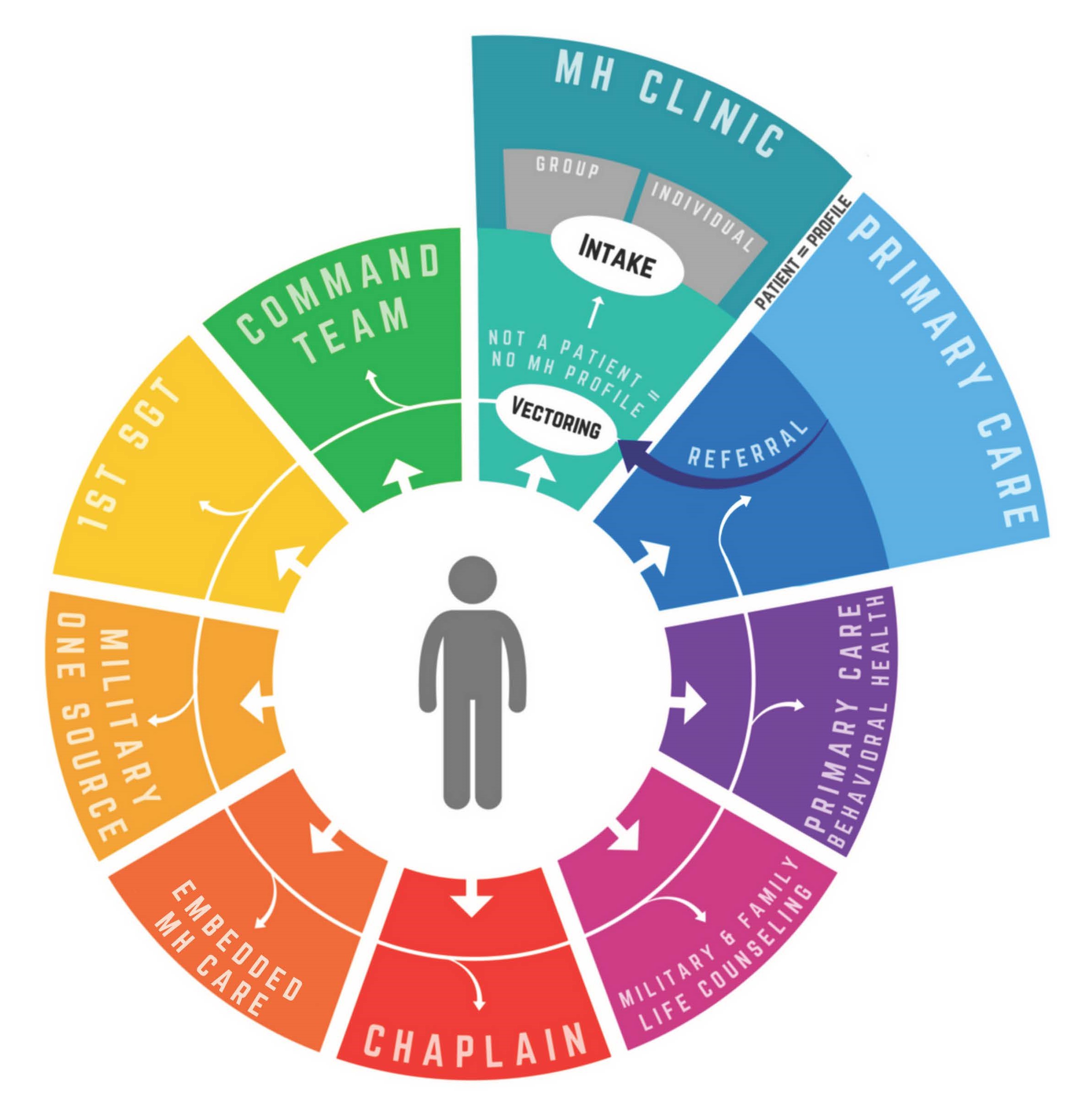
For further insights, refer to Transforming Education Through Personalized Learning.
Addressing Data Privacy in Personalized Education
The extensive use of student data in personalized learning raises significant concerns about privacy and potential misuse. It is crucial to address ethical considerations and safeguard student information when employing AI and personalized systems. Schools utilizing smart tutoring systems must implement stringent policies to protect student data from unauthorized access. This includes compliance with regulations such as the Family Educational Rights and Privacy Act (FERPA) in the U.S., which governs student record privacy.
Despite efforts by companies like Edmodo and ClassDojo to secure student data through robust encryption and privacy policies, the risk of data breaches persists. Schools and technology providers must enforce rigorous data protection measures and educate students and parents about their data privacy rights and practices.
Learn more about these challenges in AI, Personalized Education, and Challenges.
Teacher Training for Personalized Education
Transitioning to personalized learning necessitates that teachers adopt new teaching methodologies and technology, which can be challenging. Many educators feel unprepared or reluctant to embrace these changes, highlighting the need for continuous professional development to build the necessary skills and confidence.
Platforms like Coursera and edX offer courses to assist teachers in integrating technology into the classroom. However, this transition may also increase teachers' workloads, requiring more planning, data analysis, and personalized instruction within the same school hours. Balancing AI-driven learning with teacher-led instruction is essential to maintain the social, emotional, and critical thinking roles of educators.
To facilitate a smooth adjustment and manage workloads, schools should provide support and resources, such as hiring tech specialists or offering flexible training schedules. For more information, visit Transforming Education Through Personalized Learning.
V. Case Studies and Real-World Applications
Personalized Education: Student Experiences
Personalized education allows students to progress at their own pace and delve deeply into their learning. Competency-Based Education (CBE) exemplifies this approach, requiring students to demonstrate understanding before advancing. This method can enhance graduation rates and deepen subject comprehension, particularly benefiting students who need extra time with challenging topics. Consider the high school student who finally grasped algebra because they could learn at their own speed.
Project-Based Learning (PBL) offers another personalized approach, engaging students with real-world problems aligned with their interests. This method fosters creativity, teamwork, and critical thinking, while also improving retention—some studies indicate by up to 85%. Personalized learning further empowers students to take control by setting goals and self-assessing, which builds self-discipline. Learner profiles capturing students' interests, strengths, and goals tailor their learning, giving them a voice in their education.
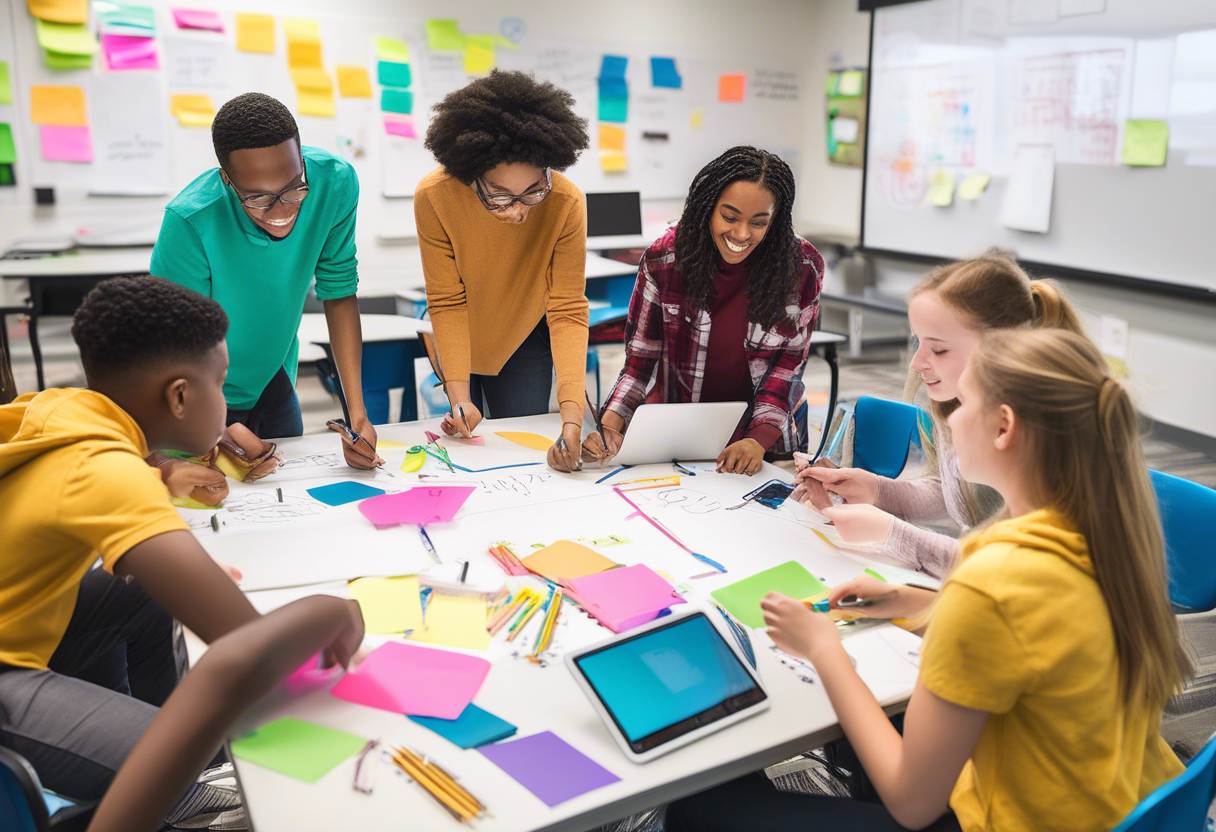
Institutional Implementations of Personalized Education
An increasing number of schools are adopting personalized education models to enhance student outcomes. With CBE, students progress upon mastering a topic rather than based on time, potentially increasing graduation rates by 20%. Project-Based Learning connects academic content to students' interests and future careers, enhancing critical skills and engagement.
Digital tools, such as learner profiles and learning management systems (LMS), facilitate customized learning paths and flexible environments. AI-powered platforms like Duolingo, Google Classroom, DreamBox, and Knewton Alta personalize instruction, automate administrative tasks, and provide teachers with real-time data. For example, DreamBox Learning adapts math lessons to each student’s pace, while offering teachers real-time progress insights.
Comparative Analysis of Personalized Education Models
Competency-Based Education emphasizes mastering material before advancing, contrasting with traditional models that promote students based on time. Project-Based Learning focuses on applying knowledge to solve real-world problems, fostering critical thinking. In contrast, learner profiles and LMS platforms prioritize customization and flexible learning environments.
AI-driven tools deliver scalable, data-driven personalization, adjusting content and responding to learners' needs in real-time. This differs from human-led personalized approaches, which heavily rely on teachers and student self-management. AI tools continuously adjust and provide feedback, enhancing learning efficiency and engagement. Comparing CBE with AI platforms like Duolingo, CBE stresses mastery with teacher support, while AI platforms tailor content and pace based on individual learner performance.
For more insights on AI's role in education, check out PowerSchool Blog. Learn how platforms like Knewton and DreamBox are enhancing educational experiences.
VI. Future of Personalized Education
Innovations in Personalized Education
AI is revolutionizing personalized education by tailoring learning experiences to individual needs. These systems assess your strengths, areas for improvement, and preferred learning styles. They then customize the content and pace to enhance engagement and retention.
Key Innovations:
- Virtual Tutors: These tools provide additional support, improving student performance significantly.
- Early Intervention: By 2025, AI will not only deliver personalized lessons but also identify potential learning issues early, enabling timely teacher intervention.
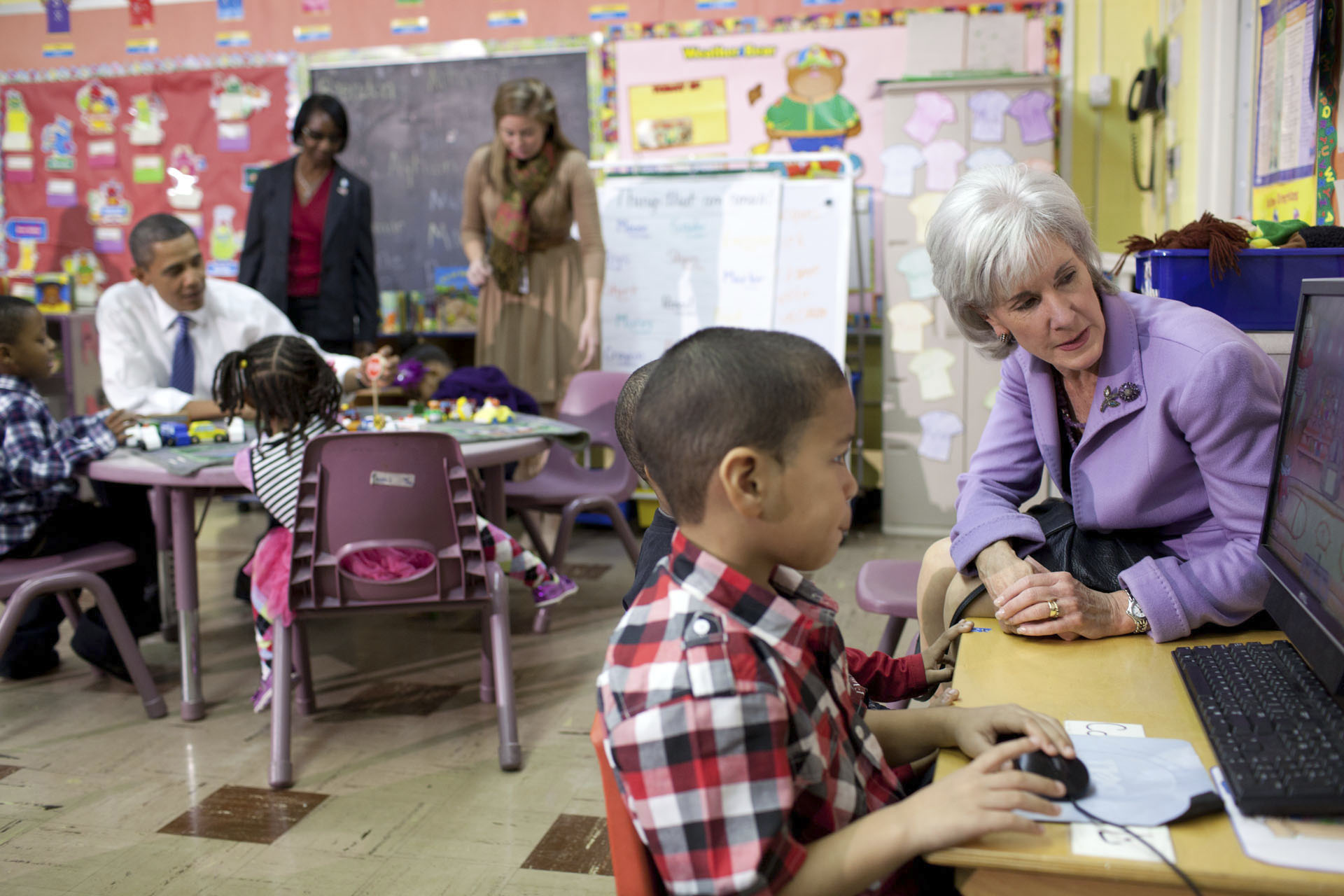
- AI-Generated Content & Chatbots: Simplify course creation and enhance interactivity, pushing personalized education to the forefront.
- Gamification & VR/AR: Offer engaging, hands-on learning experiences that align with individual learning styles.
- Microlearning: Quick, focused lessons that cater to busy schedules, improving learning efficiency and retention.
Global Policies on Personalized Education
Globally, the adoption of AI tools for personalized learning is on the rise, with 60% of teachers utilizing them daily. This trend underscores a significant shift towards leveraging technology to ensure tailored educational support for every student.
Policy Developments:
- Data-Driven Insights: Data plays a crucial role in helping teachers understand student needs and adapt their teaching methods to bridge learning gaps, especially for at-risk students.
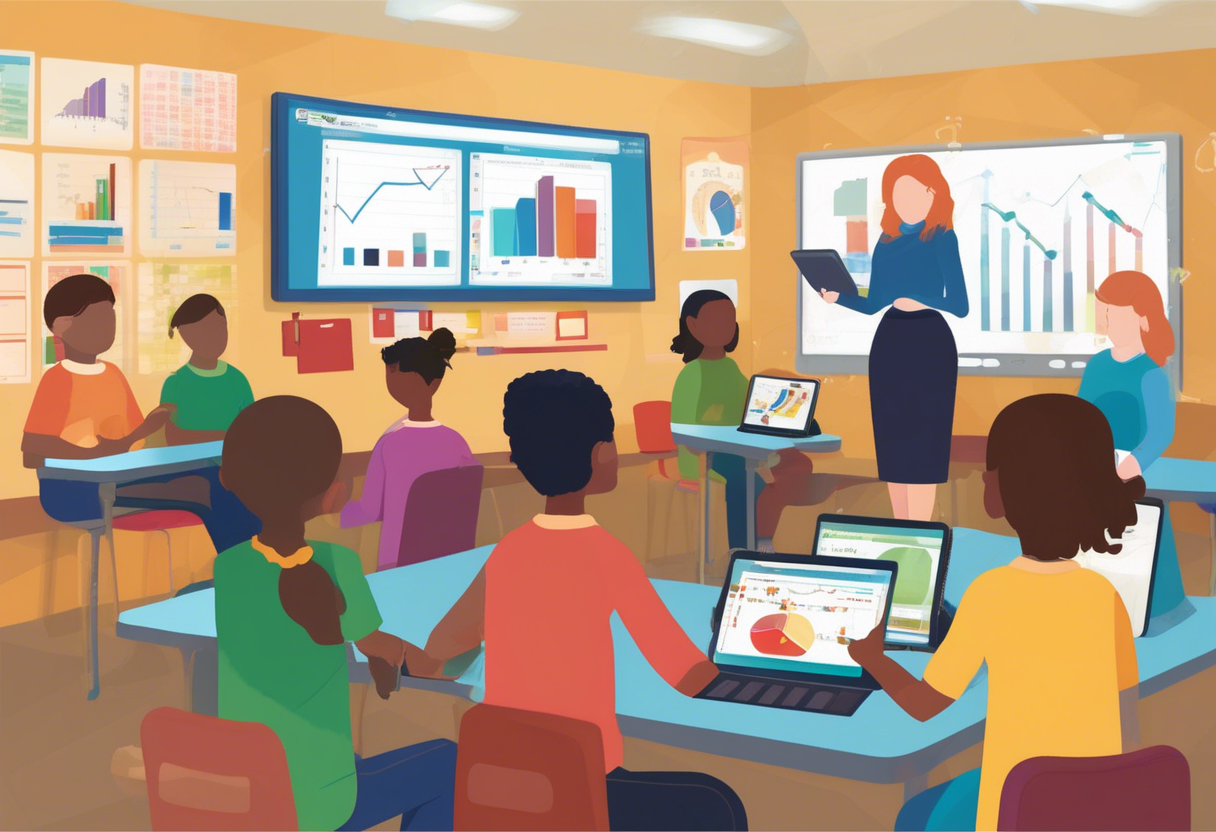
- Inclusive and Flexible Policies: Moving away from one-size-fits-all models, these policies focus on inclusivity and adaptability.
- Investment in AI and Personalized Learning: Seen as a means to provide equitable educational opportunities, particularly for those unable to afford private tutoring.
These policies aim to make personalized education not only cutting-edge but also fair and accessible worldwide.
For more on how AI is transforming education, check out Digital Learning Institute and eSchool News.
VII. FAQs
Impact of Personalized Learning on Student Engagement
Personalized learning significantly enhances student engagement by tailoring education to fit individual needs, knowledge, and interests. This approach empowers students, making them feel more in control and motivated. When students set their own goals, monitor their progress, and reflect on their learning, they tend to understand and retain information better.
With learner profiles and personal learning paths, students can progress at their own pace while still meeting educational standards, making learning more relevant and flexible. Technology plays a crucial role by providing access to resources beyond the classroom, such as connecting with experts and peers, which further boosts engagement.
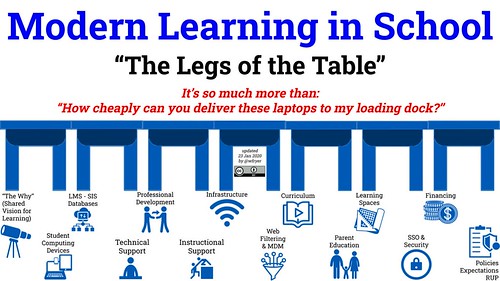
For instance, if a student struggles with math, adaptive learning software can adjust the difficulty level to maintain their motivation and engagement.
Challenges in Implementing Personalized Education
Implementing personalized education in schools comes with its set of challenges. Establishing comprehensive tech systems to gain a clear view of student data can be both complex and costly. Teachers require proper training and continuous support to effectively utilize personalized methods and tools.
Another challenge is allowing students to learn at their own pace while ensuring they meet educational benchmarks. Additionally, identifying tech tools that are engaging and tailored to diverse student needs can be difficult.
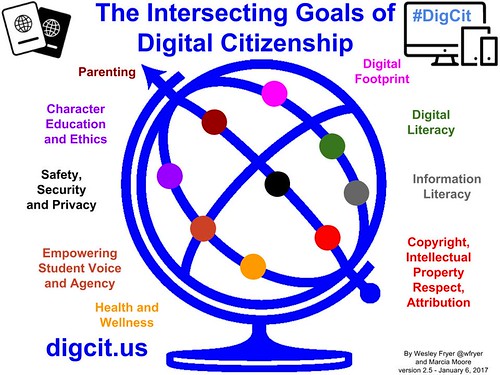
For example, a school district might struggle to integrate different data sources and provide teachers with unified dashboards, which can limit personalized teaching efforts.
Enhancing Personalized Learning with AI
AI enhances personalized learning by utilizing adaptive software that assesses student strengths and weaknesses, adjusting tasks to provide the right level of challenge. It helps create custom study plans by analyzing various student data, such as performance, interests, and preferred learning styles.
With AI, teachers can closely monitor student progress and tailor their teaching to meet individual needs. AI tools also connect students to personalized resources beyond the classroom, boosting engagement and skill-building.
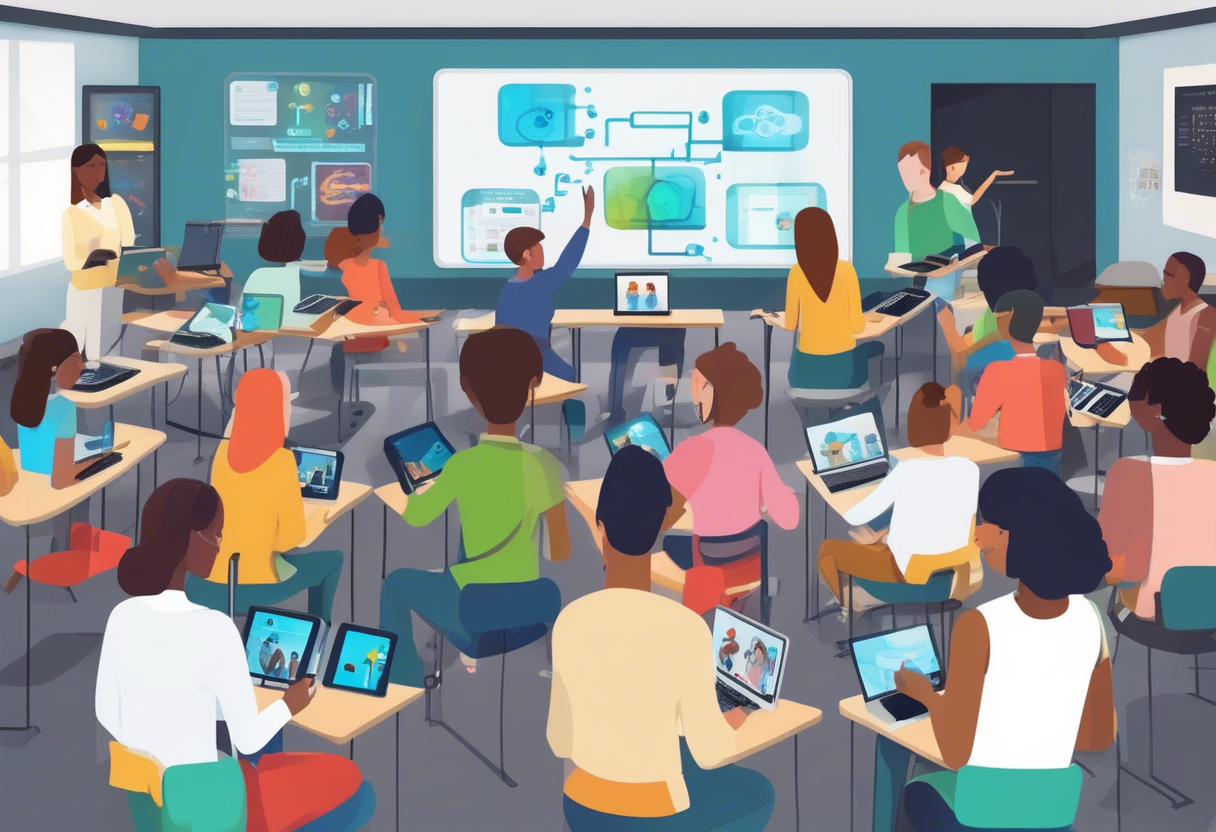
For example, if a student is struggling with a math concept, an AI platform might recommend practice exercises and video tutorials that align with their learning style. This use of AI is essential in transforming education through personalized learning.